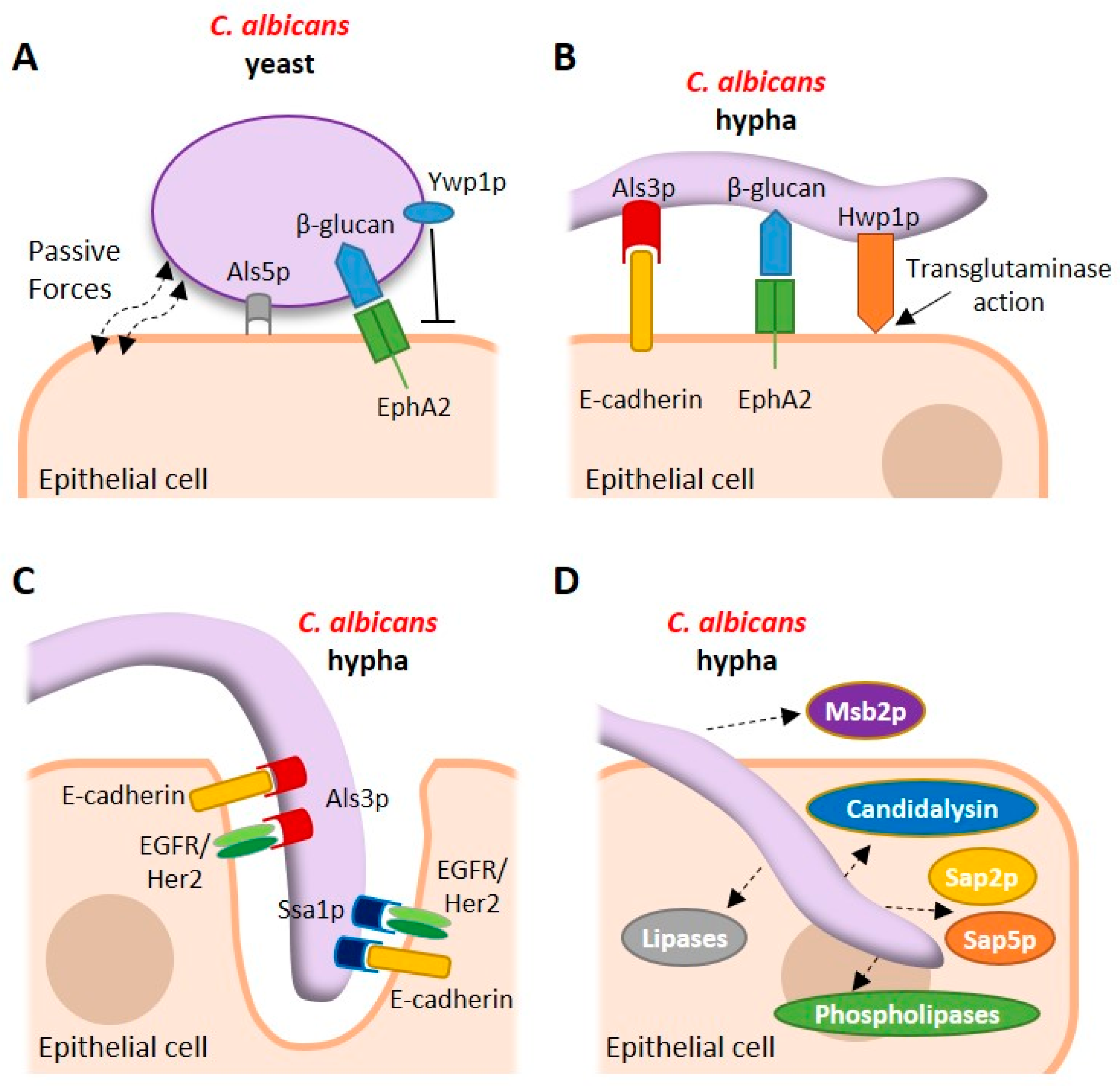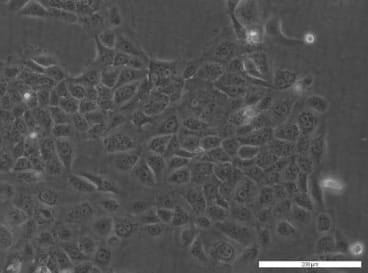
The Candida albicans toxin candidalysin mediates distinct epithelial inflammatory responses through p38 and EGFR-ERK pathways | Science Signaling
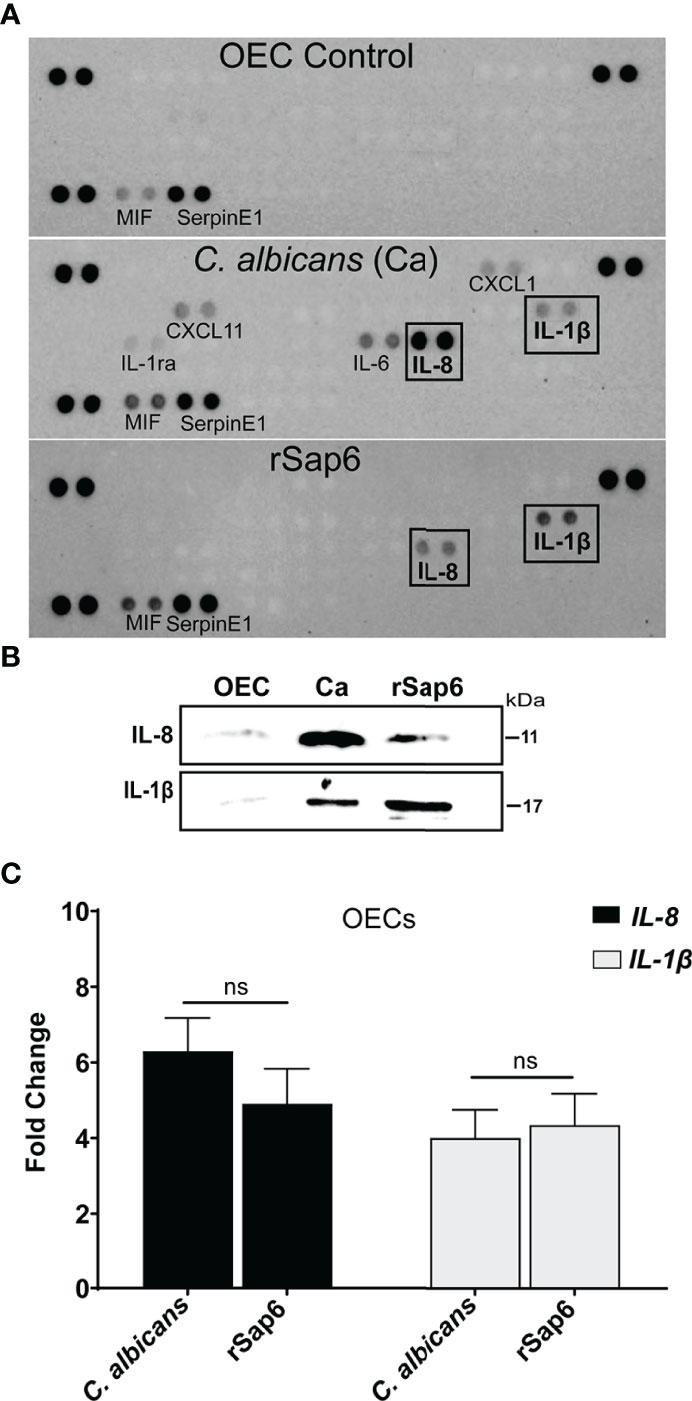
Frontiers | Candida albicans Sap6 Initiates Oral Mucosal Inflammation via the Protease Activated Receptor PAR2

Cellular interactions of Candida albicans with human oral epithelial cells and enterocytes - Dalle - 2010 - Cellular Microbiology - Wiley Online Library
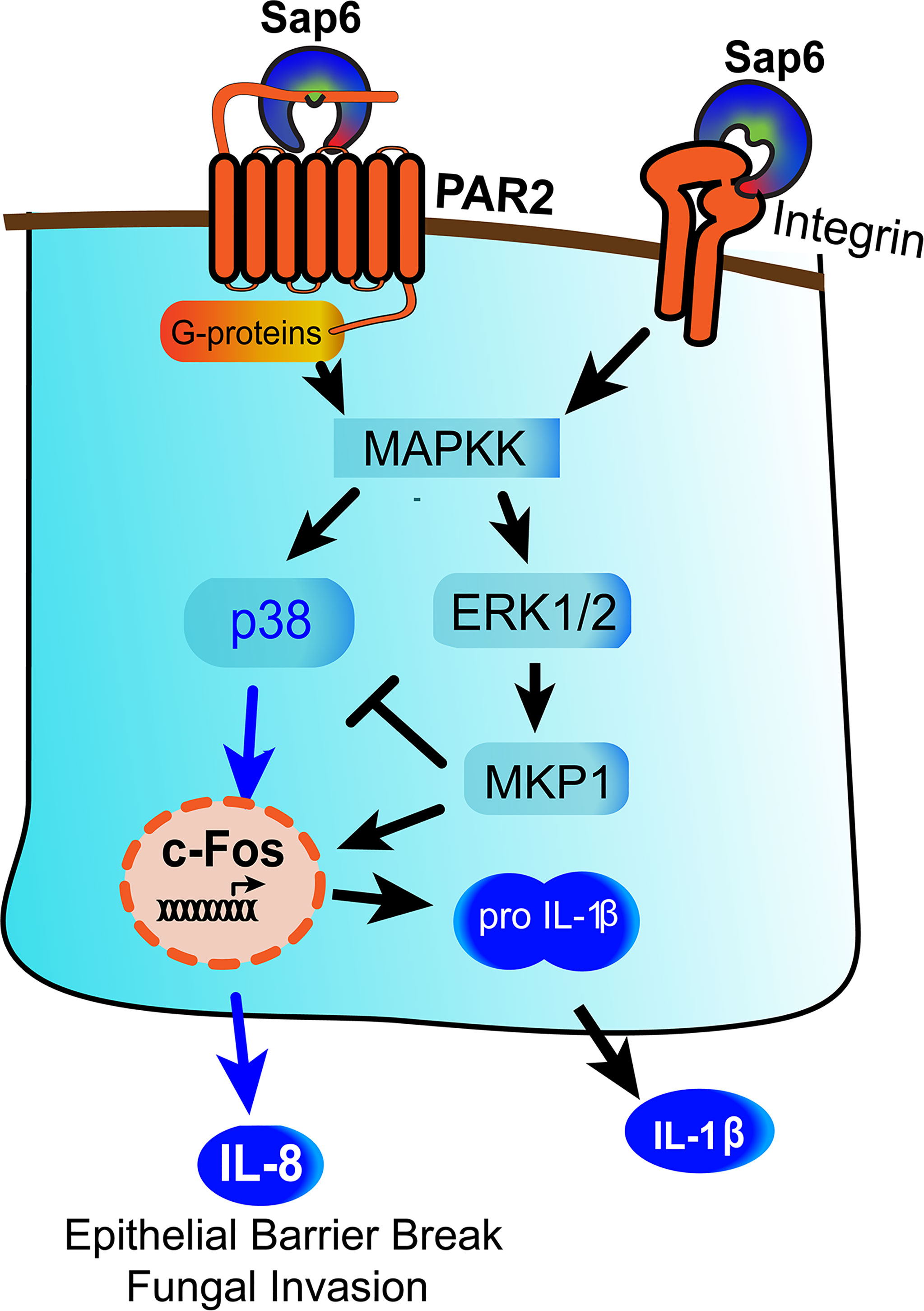
Frontiers | Candida albicans Sap6 Initiates Oral Mucosal Inflammation via the Protease Activated Receptor PAR2

Candida albicans Cell Wall Glycosylation May Be Indirectly Required for Activation of Epithelial Cell Proinflammatory Responses | Infection and Immunity
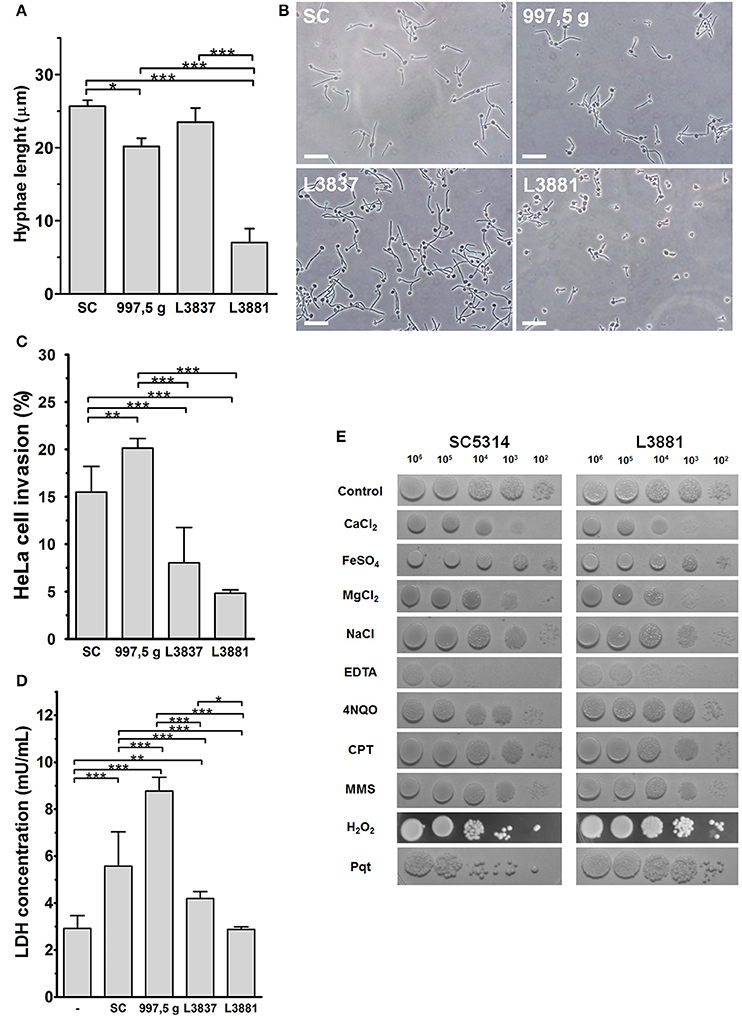
Frontiers | Candida albicans: The Ability to Invade Epithelial Cells and Survive under Oxidative Stress Is Unlinked to Hyphal Length

Microorganisms | Free Full-Text | Cooperative Role of MAPK Pathways in the Interaction of Candida albicans with the Host Epithelium
From Attachment to Damage: Defined Genes of Candida albicans Mediate Adhesion, Invasion and Damage during Interaction with Oral Epithelial Cells | PLOS ONE
From Attachment to Damage: Defined Genes of Candida albicans Mediate Adhesion, Invasion and Damage during Interaction with Oral Epithelial Cells | PLOS ONE

Oral epithelial cells orchestrate innate type 17 responses to Candida albicans through the virulence factor candidalysin | Science Immunology
Candida albicans commensalism in the oral mucosa is favoured by limited virulence and metabolic adaptation | PLOS Pathogens

C. albicans yeasts were added to TR146 monolayers and incubated under... | Download Scientific Diagram

The Candida albicans toxin candidalysin mediates distinct epithelial inflammatory responses through p38 and EGFR-ERK pathways | Science Signaling
In vitro effects of commercial mouthwashes on several virulence traits of Candida albicans, viridans streptococci and Enterococcus faecalis colonizing the oral cavity | PLOS ONE
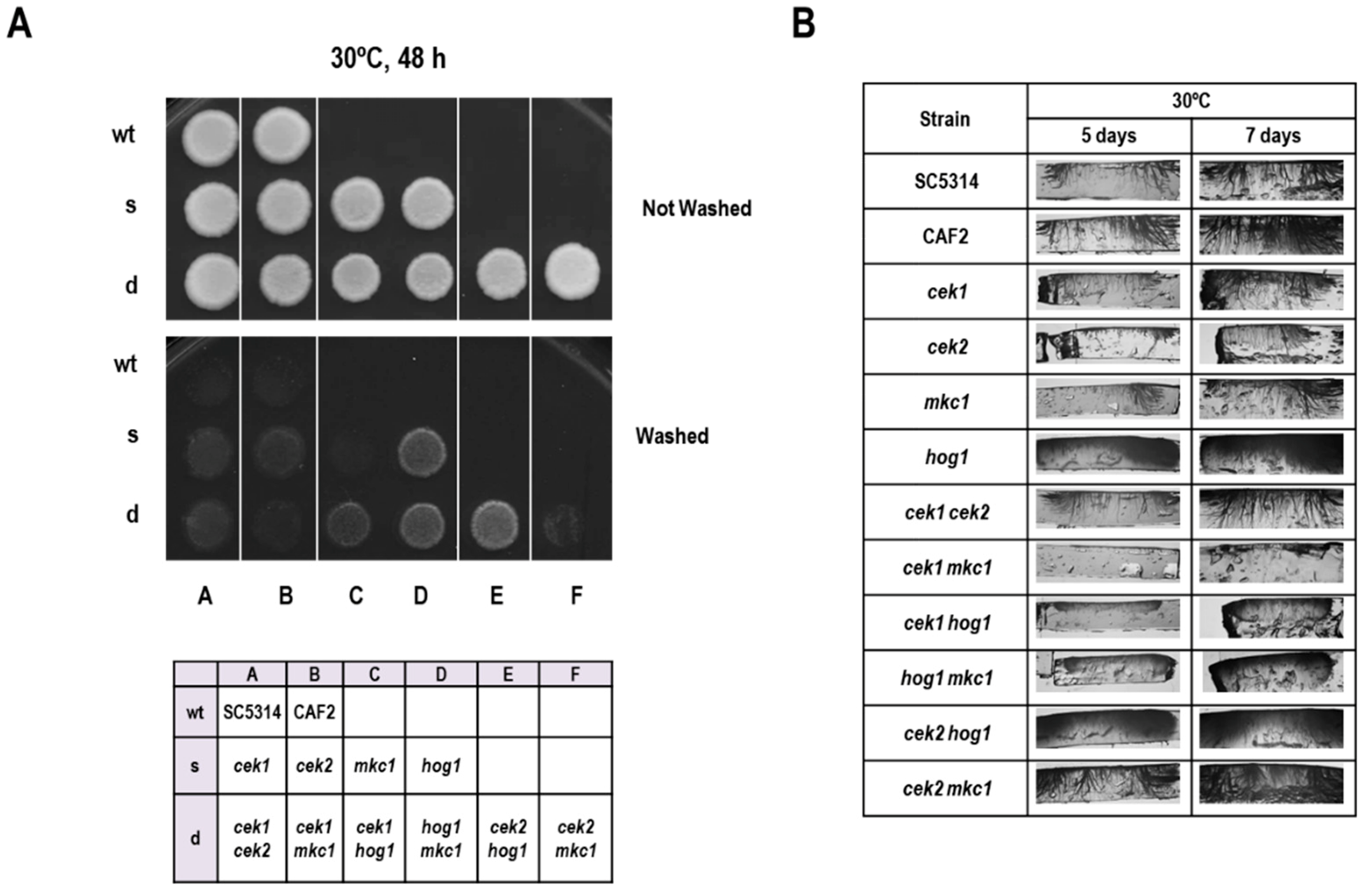
Microorganisms | Free Full-Text | Cooperative Role of MAPK Pathways in the Interaction of Candida albicans with the Host Epithelium

ERG3 and ERG11 genes are critical for the pathogenesis of Candida albicans during the oral mucosal infection | International Journal of Oral Science
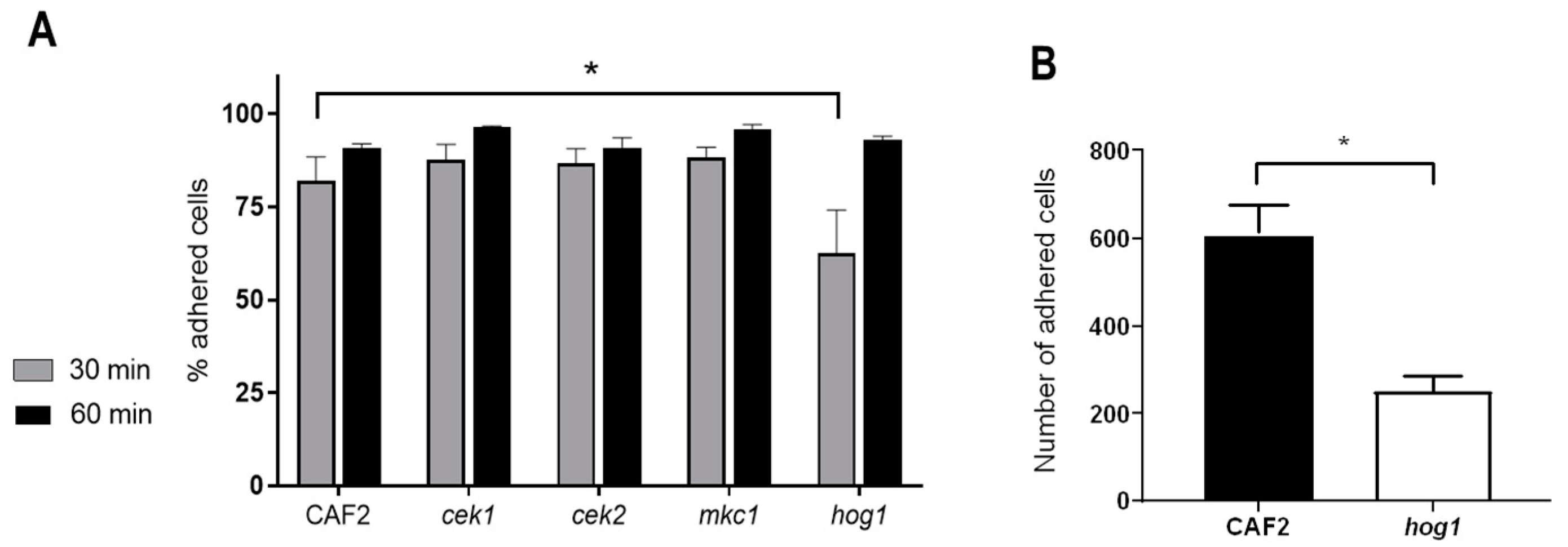
Microorganisms | Free Full-Text | Cooperative Role of MAPK Pathways in the Interaction of Candida albicans with the Host Epithelium
Processing of <italic toggle='yes'>Candida albicans</italic> Ece1p Is Critical for Candidalysin Maturation a
